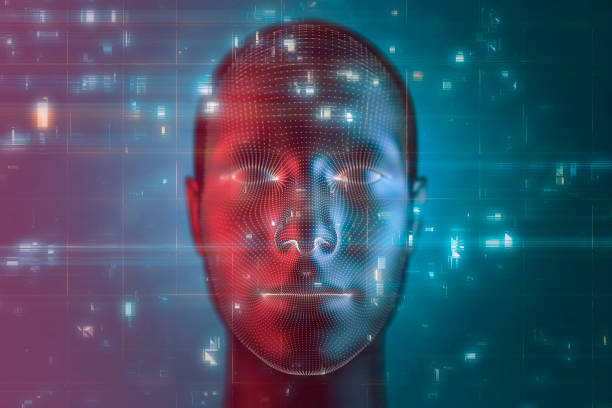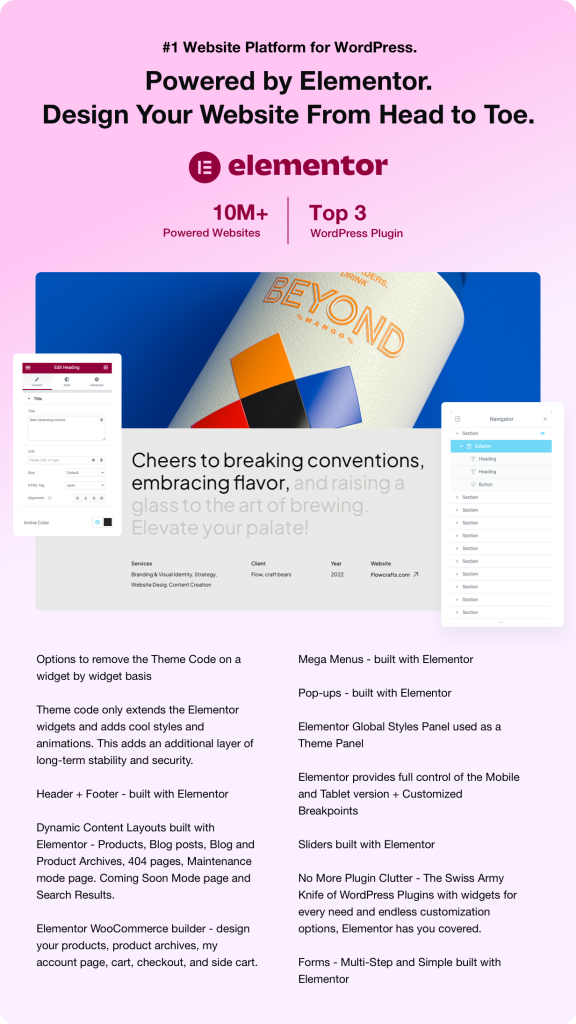The rapid advancement of artificial intelligence (AI) is reshaping various sectors, particularly in the realm of technology. One of the most intriguing developments is the emergence of AI-driven operating systems (AIOS), which are tailored to meet the growing demands for connectivity and personalization in smart homes and AI-powered content delivery networks (CDNs). This article delves into the intricacies of how AIOS are revolutionizing these sectors, along with the trends, solutions, and use cases that highlight their significant impact.
.
### Understanding AI-Driven Operating Systems
At its core, an AI-driven operating system is an intelligent software layer that enhances traditional operating systems by integrating AI capabilities. This integration allows for a more adaptive, self-learning environment that can optimize performance and user experience. Unlike conventional operating systems, AIOS can autonomously make decisions based on user behavior, environmental conditions, and data inputs, thus creating more seamless interactions in various applications and devices.
.
### AIOS for Smart Homes: A Paradigm Shift
The concept of smart homes has seen explosive growth in recent years, with an increasing number of devices being connected to the Internet of Things (IoT). AI-driven operating systems play a critical role in this ecosystem by managing and optimizing home devices, automating processes, and providing users with greater control over their living environment.
.
#### Enhanced Automation and Efficiency
Imagine walking into your home, and the lights automatically adjust to your preferred settings while your climate control system optimizes the temperature based on real-time weather forecasts and your historical preferences. This is the promise of AI-driven operating systems in smart homes. By employing machine learning algorithms, these systems can analyze user habits and preferences, allowing them to anticipate needs and automate various tasks.
For instance, a smart refrigerator equipped with an AIOS can monitor food inventory levels, suggest meals based on available ingredients, and even make grocery lists based on consumption patterns. This enhanced level of automation not only saves time but also reduces food waste.
.
#### Voice Assistants and Natural Language Processing
AIOS for smart homes often incorporate advanced voice assistants that utilize natural language processing (NLP) to provide a more intuitive user experience. These voice-activated interfaces allow users to control devices hands-free, make queries, and receive personalized responses.
Recent developments in NLP have led to voice assistants that can understand contextual nuances and manage multi-turn conversations. For instance, a user might ask their voice assistant to “play my favorite morning playlist,” and then follow up with “turn off the bedroom lights.” The AIOS understands the context and can execute both commands seamlessly.
.
### AI-Powered Content Delivery Networks (CDN)
Alongside smart homes, AI-driven operating systems are also making waves in the realm of content delivery networks (CDNs). A CDN is a system of distributed servers that deliver web content to users based on their geographic location. The integration of AIOS into CDNs allows for more efficient content distribution, enhanced user experience, and improved analytics.
.
#### Optimizing Content Distribution
AIOS can utilize machine learning algorithms to analyze user behavior and preferences, ensuring that content is served from the nearest server and tailored to the user’s interests. By doing so, these intelligent systems can reduce latency, optimize load balancing, and boost page load speeds, leading to higher user satisfaction.
For example, an AI-powered CDN can learn from historical usage data to predict peak traffic times and automatically adjust bandwidth allocation and server resources accordingly. This proactive approach minimizes downtime and enhances the reliability of content delivery.
.
#### Personalized Content Recommendations
Another standout feature of AI-driven CDNs is their ability to provide personalized content recommendations. By analyzing viewers’ interactions, preferences, and engagement data, AIOS can tailor content delivery to suit individual users better. This capability not only improves user engagement but can also significantly increase conversion rates for businesses and content creators.
An example of this could be seen in streaming services like Netflix, which employs AI algorithms to analyze user viewing history and pattern behaviors to recommend shows and movies. As a result, users are more likely to find content that resonates with their interests, creating a more enjoyable viewing experience.
.
### Industry Applications and Use Cases
The applications of AI-driven operating systems are extensive, crossing various industries and sectors. For instance, in healthcare, AIOS can manage patient data, streamline processes, and enhance communication between patients and healthcare providers. In finance, these systems can analyze market trends, assess risks, and make data-driven predictions for better investment strategies.
.
#### Case Study: Smart Home Security
A compelling use case of AIOS in smart homes is seen in security applications. Smart surveillance systems equipped with AIOS can learn to differentiate between regular household activity and potential threats. By analyzing video feeds in real-time, these systems can send alerts to homeowners about suspicious behavior, allowing for quick responses to potential security breaches.
Such applications have proven invaluable in enhancing home safety and peace of mind for users, showcasing how AI-driven technology can contribute practically to everyday life.
.
#### Case Study: Streaming Services and AI-CDNs
In the realm of streaming, platforms like Amazon Prime Video leverage AI-powered CDNs to optimize content delivery. By analyzing user data, these systems can ensure that content is rapidly served and tailored to individual preferences, enhancing overall user engagement and satisfaction. One notable example is Amazon’s use of predictive analytics to manage demand and distribute resources effectively during peak viewing times, resulting in smoother playback and increased viewer retention.
.
### Overcoming Challenges and the Future of AI-Driven Operating Systems
While the potential for AI-driven operating systems is vast, several challenges remain. Data privacy, concerns over AI bias, and the need for robust cybersecurity measures are paramount. Organizations must implement stringent protocols to safeguard user data and ensure compliance with regulations.
The future of AIOS looks promising as advancements in machine learning, edge computing, and IoT continue to evolve. Looking ahead, we can anticipate more sophisticated AI systems that integrate seamlessly into everyday life, enhancing automation, personalization, and efficiency in various domains, from smart homes to global content networks.
.
### Conclusion
AI-driven operating systems represent a significant leap forward in technology, paving the way for more intelligent, personalized, and efficient interactions in both our homes and digital experiences. From streamlining processes in smart homes to enhancing content delivery networks, the impact of AIOS is holistic and transformative.
As innovation continues to burgeon, we will witness even more groundbreaking applications and integrations that will redefine our relationship with technology, making our lives more interconnected and significantly improving user experiences.
.
### References
1. Vasilieva, O. (2023). “The Rise of AI in Smart Technologies.” Journal of Technology Trends.
2. Smith, J. (2023). “AI in Content Delivery Networks: Revolutionizing Streaming Services.” Tech Digest.
3. Jones, L. (2023). “Machine Learning in Smart Home Automation.” HomeTech Innovations.
4. Kumar, R. (2023). “AI and Privacy: Ensuring Data Protection in Smart Systems.” Cybersecurity Today.
**End of Article**




















